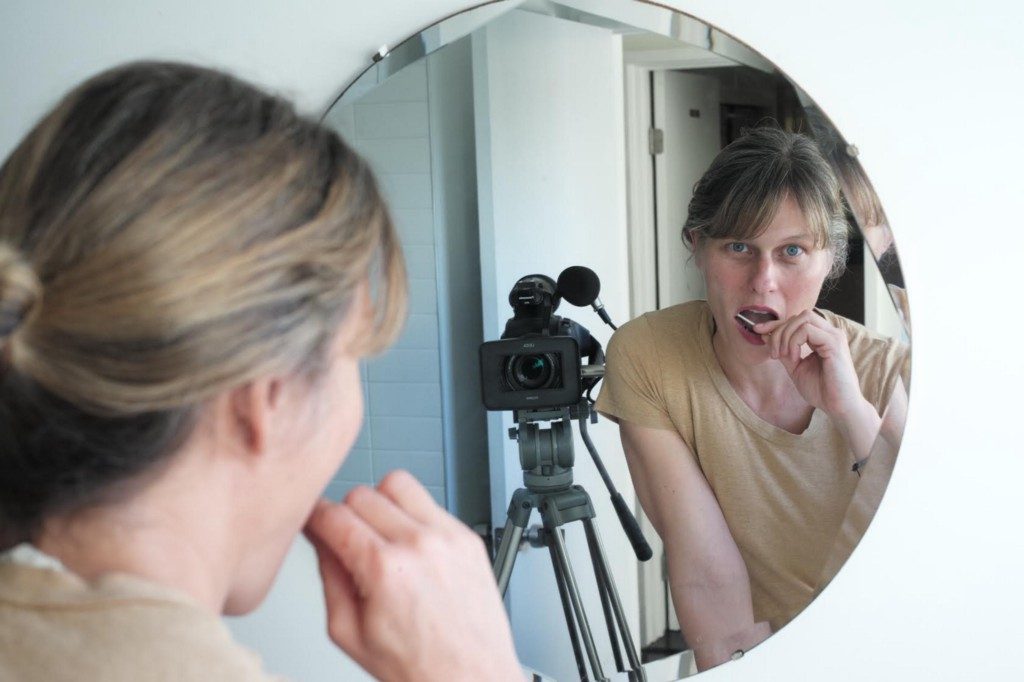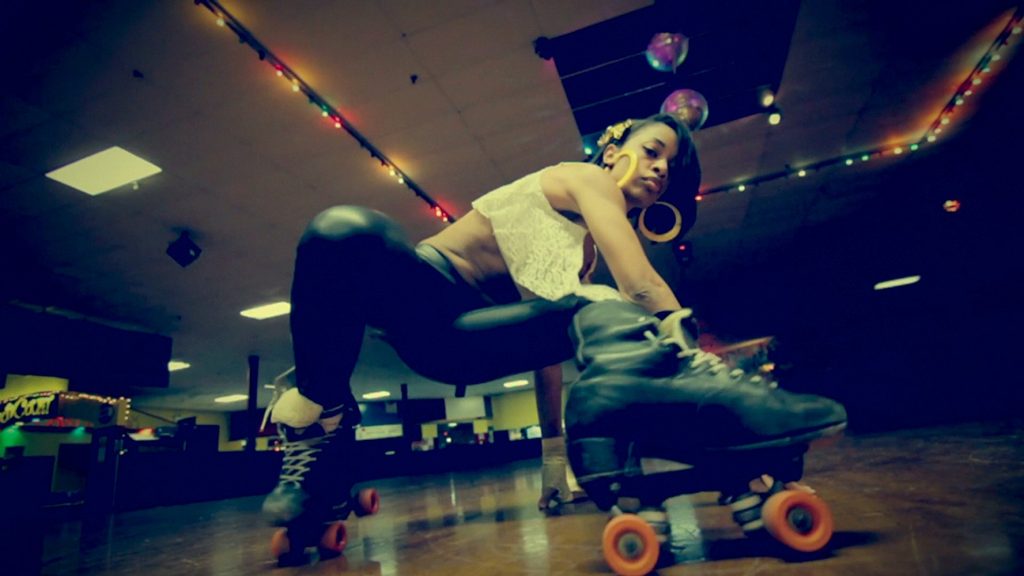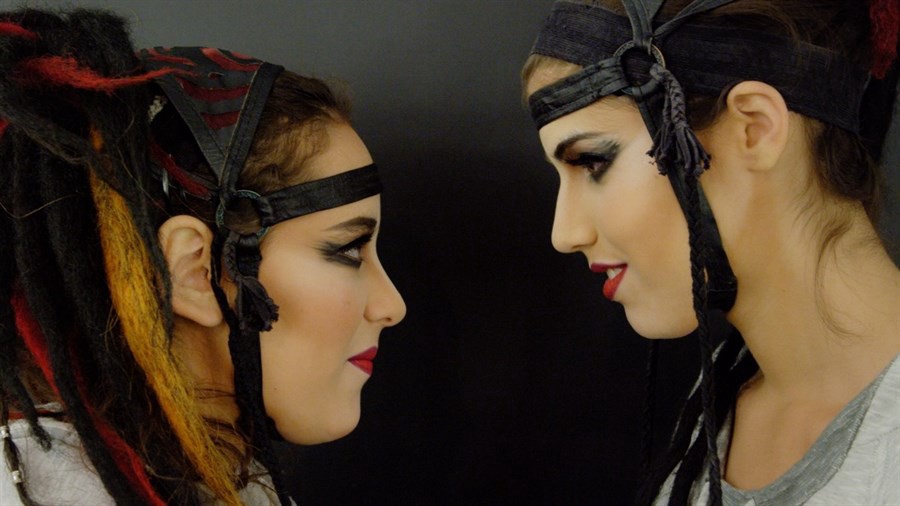Sara Lamm is a writer, performer, and documentary filmmaker. Her most recent film, “Birth Story: Ina May Gaskin and the Farm Midwives,” co-directed with Mary Wigmore, won the Audience Award at the 2012 Los Angeles Film Festival. It was also released theatrically in the U.S. and screened in community venues all over the world. Her work has appeared at MASS-MOCA, The American Visionary Art Museum, and on NPR.
“Thank You For Coming” will premiere at the 2017 LA Film Festival on June 18.
W&H: Describe the film for us in your own words.
SL: As an adult, I found out that I was conceived via sperm donor. The news was shocking, and the phrase “anonymous donor” seemed to strongly imply that I was supposed to live with the mystery — only I found that I didn’t want to.
“Thank You For Coming” is a kind of detective story documentary, an obstinate attempt to create a narrative out of something that seemed to defy knowing.
Also, my husband describes the film as a “funny story about loss,” which I take as a high compliment.
W&H: What drew you to this story?
SL: This may sound strange, but I wanted to change a feeling in my bones. I wanted to get rid of a certain kind of loneliness, an internal sense of being unmoored.
I felt like the only way I could do that was by embarking on and documenting an adventure.
W&H: What do you want people to think about when they are leaving the theater?
SL: So many people have shared stories with me about their own fathers since I began this project. It turns out that there are lots of ways to “not know” your dad. You may be donor conceived, or your father may have left. There could be family secrets, or your father may simply be unable to emotionally connect.
I hope that this film gives some space to think about that, particularly in relation to fathers and daughters. That’s an important line in the film, I think: “A father’s life affects the daughter’s; they are woven together.” I’m interested in people’s response to that idea.
W&H: What was the biggest challenge in making the film?
SL: Writing the narration was the hardest part. I kept putting it off.
Finally, I read something about how the great Maya Angelou used to rent a hotel room and do her writing there. So, I went to an inexpensive hotel near my house to hunker down. In my case, it was periodical: a few days at a time over several months.
This is something I highly recommend for people — mothers especially — who have some creative work to do but can’t seem to find that wide-open quiet time in which to do it.
W&H: How did you get your film funded? Share some insights into how you got the film made.
SL: This movie is the opposite of a studio film. It’s about as homemade as it can get, cobbled together with equipment, talent, and dollars from home.
The mics are dusty ol’ things from the drawer under my desk. The cinematographers included myself and anyone else who happened to be handed the camera. The editor and I worked in the living room most days from ten to three, which is when my kids get home from school.
I think it’s important to talk about this kind of filmmaking — particularly as it pertains to people who are, in addition to moviemaking, also part of a familial eco-system.
W&H: What does it mean for you to have your film play at the LAFF?
SL: I love LAFF so much for the fantastic and diverse array of films they program, and also for how well they treat the filmmakers.
I am excited and honored to be a part of this year’s festival. Plus, it’s so fun to screen in my hometown.
W&H: What’s the best and worst advice you’ve received?
SL: A filmmaker I respect a lot once laid it out for me. He said, “One way to make a film is when everything is perfect, and you know what you’re doing all the time. Another way involves chaos, and everything feels like it’s careening out of control. But, there’s a third way, and that’s somewhere in the middle. Get it as right as you can in terms of prep, structure, financial and production support, and then just go make the damn thing.”
This was the most freeing advice, and it gave me permission to get started. I don’t know if I ever would have made a movie without those words.
The worst advice I ever got was, “Don’t apply to that women’s film festival.” Women’s film festivals are the best.
W&H: What advice do you have for other female directors?
SL: Just keep going.
Note: This is also advice for myself.
W&H: Name your favorite woman-directed film and why.
SL: I love Amalie Rothschild’s “Nana, Mom and Me.”
Margaret Mead described the film in the best way: “A very simple but moving account of three generations of women, held together by recorded narrative and an emotion so intense that sophisticated audiences become still and contemplative as they watch it.”
For me, it was the first time that I ever saw — in film — a deep exploration of the ambivalence an artist might feel about her role as a parent. When I finally saw this film in 2012, I was both moved and furious that I had never heard of it before. It really drove home the fact that even though women have been making films for a long time, they aren’t properly passed from generation to generation the way they should be.
W&H: There have been significant conversations over the last couple of years about increasing the amount of opportunities for women directors yet the numbers have not increased. Are you optimistic about the possibilities for change? Share any thoughts you might have on this topic.
SL: I am so proud of my women director friends, and I’m so grateful for the infrastructures that have been created to support them.
I can’t help but think that change is inevitable when I read awesome speeches like Jill Soloway’s. As a documentary filmmaker, I’m not on a set the same way she is, but I loved when she said that not being able to cry on set is a liability. I‘m gonna make a cross stitch of it and give it to some pals for Christmas.







